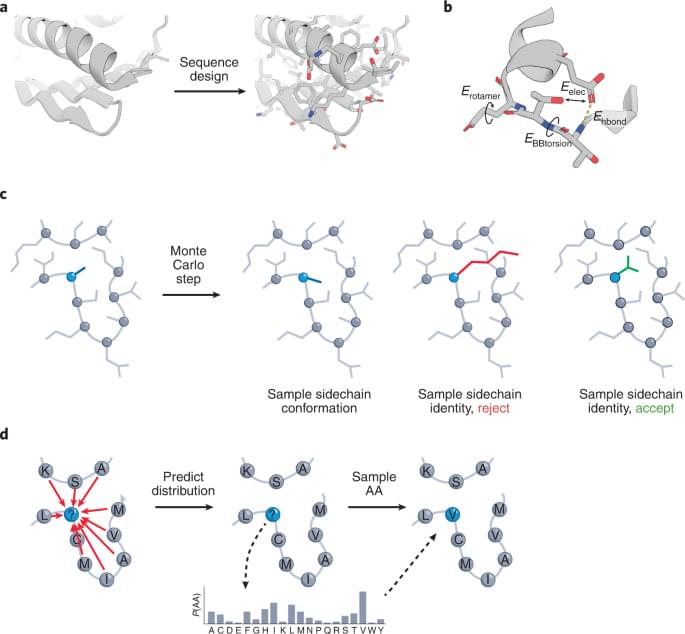Jul 24, 2022
Reality doesn’t exist until you measure it, quantum parlor trick confirms
Posted by Quinn Sena in categories: particle physics, quantum physics, space
😳!!!
The Moon isn’t necessarily there if you don’t look at it. So says quantum mechanics, which states that what exists depends on what you measure. Proving reality is like that usually involves the comparison of arcane probabilities, but physicists in China have made the point in a clearer way. They performed a matching game in which two players leverage quantum effects to win every time—which they can’t if measurements merely reveal reality as it already exists.
“To my knowledge this is the simplest [scenario] in which this happens,” says Adan Cabello, a theoretical physicist at the University of Seville who spelled out the game in 2001. Such quantum pseudotelepathy depends on correlations among particles that only exist in the quantum realm, says Anne Broadbent, a quantum information scientist at the University of Ottawa. “We’re observing something that has no classical equivalent.”
Continue reading “Reality doesn’t exist until you measure it, quantum parlor trick confirms” »


















